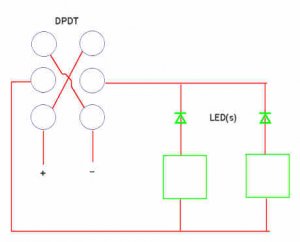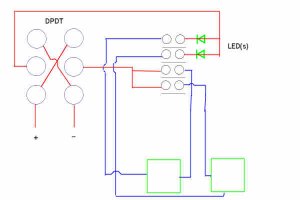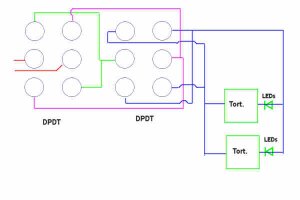Hey all,
After a lot of research and experimentation, I've come up with working diagrams for running two tortoises off one toggle, one tortoise from two toggles, and the piece-de-resistance, two tortoises off two toggles. All with panel LED's too (for two panels, in two-toggle scenarios).
If anyone's interested, I'll post 'em. Maybe it's not big deal, but I certainly couldn't find 'em out there anywhere myself.
After a lot of research and experimentation, I've come up with working diagrams for running two tortoises off one toggle, one tortoise from two toggles, and the piece-de-resistance, two tortoises off two toggles. All with panel LED's too (for two panels, in two-toggle scenarios).
If anyone's interested, I'll post 'em. Maybe it's not big deal, but I certainly couldn't find 'em out there anywhere myself.




